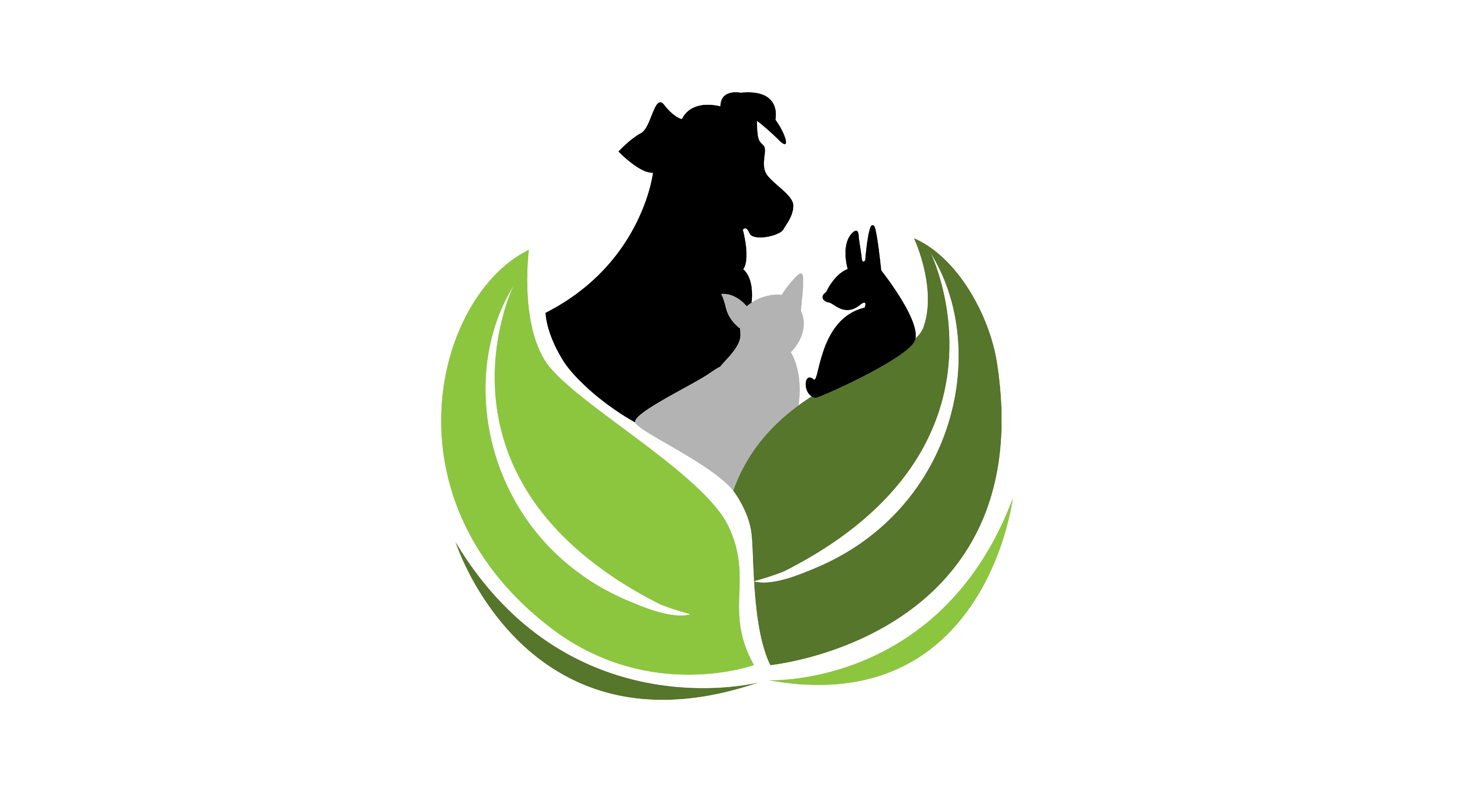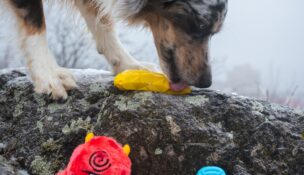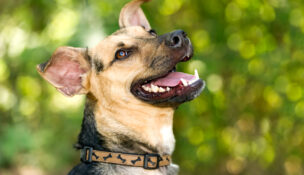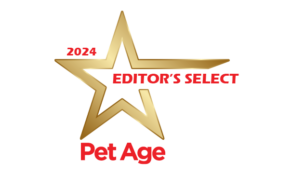Pets on Board
Rebekah Harrison //September 1, 2015//
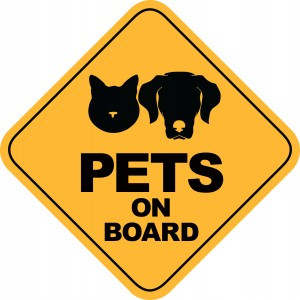 Safety isn’t always a guarantee for pets. In fact, pets face the same risks that humans do when riding as a passenger, whether the trip is to go on a nice hike or to go the dreaded vet. Pet owners want a guarantee that if the worst happens, their pet will be protected.
Safety isn’t always a guarantee for pets. In fact, pets face the same risks that humans do when riding as a passenger, whether the trip is to go on a nice hike or to go the dreaded vet. Pet owners want a guarantee that if the worst happens, their pet will be protected.
Working With the Center for Pet Safety
That is where the Center for Pet Safety comes in. The nonprofit center runs crash tests on pet products to help determine what makes a product safe for pets during a crash. The center works to help companies with crash safety testing.
“We can give them guidance so that they can reduce dollars they spend,” said Lindsay Wolko, founder of Center for Pet Safety. “They’re not just spending for spends sake. We can tailor and shortcut the process for them.”
Center for Pet Safety then points manufacturers to a location where they can do testing. It is a long process in which the third step is reaching out to the center.
“The final proof of concept testing is when they reach out to us,” said Wolko. The CPS then gets proof of previous tests.
“This allows us to see the progression and then we have a record,” said Wolko. “We would prefer that the products are on the market or a final proof of concept sample that they have. From there, we schedule the testing.”
According to Wolko, manufacturers are welcome to attend the tests, or they can elect to just receive the information from the test. The CPS sends this after the results are compared to the standard that the CPS has already published.
“From there, we let them know if they passed and what they ranked,” she said.
The CPS follows Federal Motor Vehicle Standard 213 which was designed to test child seats.
“We’ve leveraged those test conditions,” said Wolko. “It’s the same conditions, same power, same equipment and same fixturing because we wanted to make this as easy for manufacturers who wanted to participate in this program to work on this with any test lab they want to. This is all standard equipment.”
During these tests, the CPS conducts a crash test on a sled. Very technical parameters must then be met.
According to Wolko, the CPS looks at the simulated accident and takes measurements of the product and test evidence.
“We want to see the hardware and stitching integrity,” said Wilko. “We don’t want to see the metal tear or the stitching fail.”
Several companies have already taken advantage of what the CPS has to offer, including Sleepy Pod as well as about five to seven brands working to get certified.
“We are an independent, nonprofit organization,” said Wolko. “We have no skin in the game. We are not getting money from manufacturers. We are not supported by the industry. We do this work for the consumer. Some of the brands take this very seriously.”
According to Wolko, Sleepy Pod is very involved. They were the first company to be certified by the Center for Pet Safety. In fact, Sleepy Pod received a five star crash test rating.
“If a manufacturer meets the marks consistently, they are awarded a seal. That logo then goes onto the product packaging and they can use it in marketing, and it’s independent and validated that the product does what it claims to do and it stands them above the rest.”
Third Party Verification
Kurgo has been making harnesses for 12 years and has been crash testing them for eight. The company takes pet safety very seriously.
“We have been engineering products in this space for 12 years,” said Jennifer Joyce, vice president of marketing at Kurgo. “Since only 16 percent of people restrain their dog when driving 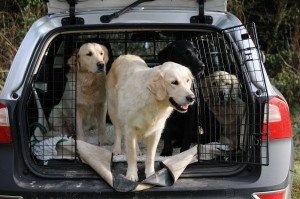 in the car (AAA/Kurgo Study), we believe the first step is keeping dogs out of the front seat and reducing distracted driving accidents.”
in the car (AAA/Kurgo Study), we believe the first step is keeping dogs out of the front seat and reducing distracted driving accidents.”
Kurgo uses a third party to crash test products.
“We test our products at the University of Michigan Lab, an accredited National Highway Traffic Safety Administration facility, using the Federal Motor Vehicle Safety Standard for child restraint systems. We use dummy dogs of different weights and sled test the harnesses simulating a crash. These tests have shown that the Kurgo Impact harness withstands crashes for dogs up to 75 pounds. The Enhanced Strength Tru-Fit Smart Harness is crash-tested in the same way and can withstand crashes for dogs up to 55 pounds.”
Kurgo is launching a new safety product this month.
“We are launching a brand new harness based on a totally different design,” said Joyce. “It’s called the Kurgo Impact Harness and it is different than our past harnesses in that it uses a single piece of high tensile tubular webbing which means there are fewer stitch points and that makes it stronger. It is purpose-built for car safety as well as your dog’s comfort which reflects all of the knowledge we have developed over the last 12 years developing pet travel products.”
According to Joyce, Kurgo has crash tested both the Kurgo Impact Harness and the Enhanced Strength Tru-Fit Smart Harness.
Joyce says that the car safety of pets can be improved with education.
“We believe the most important thing is to get people to start to recognize that dogs in the front seat aren’t safe,” she said. “From there, we can educate consumers about the need for restraints such as car safety harnesses.”
Safety for Pets and People
4×4 North America has a variety of technical products that help pet owners transport their pets in their vehicles. These products have been also been crash tested and the company focuses on both pets and people.
“The process for us is very different than anybody else because we have the only crash tested dog cage in the world that has been tested for front, rear and rollover impact,” said Richard Casey, president and owner of 4×4 North America. “Nobody else does that.”
The products are designed to keep pets and people safe.
“Our cages are tested using crash test dummies,” said Casey. “Those crash test dummies measure the forces implied upon the rear seat occupants, they take into consideration the crumple safety zone built into cars.”
The crumple zones are areas of a vehicle that are designed to deform and crumple in a collision. This absorbs some of the energy of the impact, preventing it from being transmitted to the occupants.
According to Casey, 4×4 cages are the only cages with their own crumple zone that work with a vehicle’s crumple zone.
“A lot of people don’t realize that putting a cage in a car permanently alters the safety engineering of the vehicle,” said Casey. “Most people leave the cages in the car all the time. The cage can mess up a crumple zone and cause harm to rear seat occupants and the dog.”
4×4 uses real safety equipment incorporated into the vehicle to test its products.
“The benefit to this is traveling and knowing you are safe verses traveling and thinking you are safe,” said Casey. “That’s the main difference.”
According to Casey, 4×4 employs full-time automotive and safety engineers, and it uses government facilities to crash test products.
The company also posts all of the findings online for anyone to read.
“Our goal is to educate consumers and let them make their own choice,” said Casey. “The most important thing is that when people buy a crash tested product, they should know it is genuine and safe. We provide all that documentation and certification and make it available to consumers. You are dealing with people and pets lives.”
As far as the future of pet safety testing goes, the CPS one day hopes to be a fully funded organization that can cover all the fees that come with pet safety testing. Subaru is one company that has sponsored studies at the center.
“Our goal is to have multiple manufacturers as we complete each standard,” said Wolko. “We never turn down a manufacturer.”
The CPS is also working on another project that will be published within the next few months.








